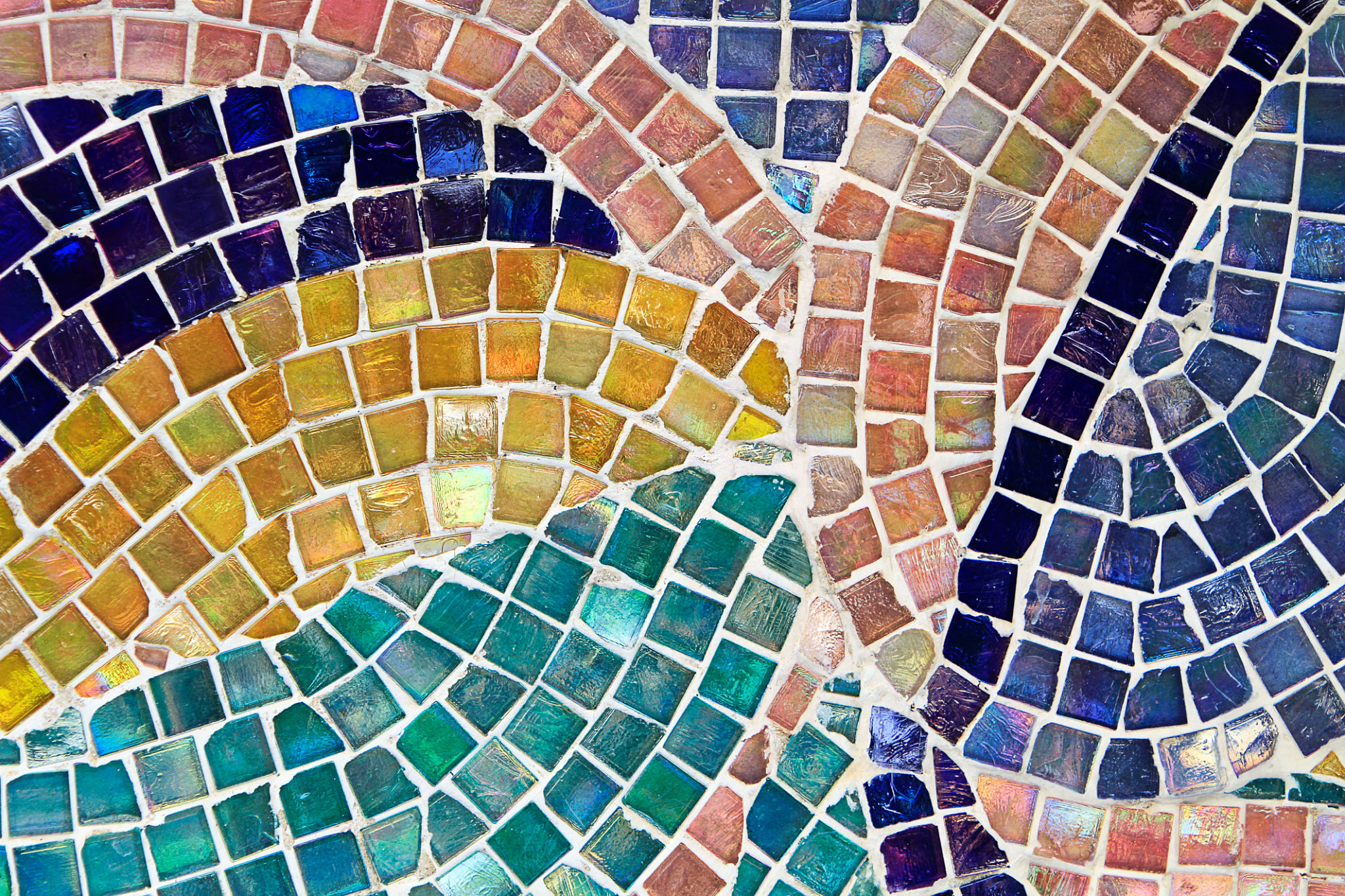Comparing Mosaic Styles: Traditional vs. Contemporary Approaches
Exploring the World of Mosaics
Mosaics have long been a captivating form of art, providing a unique way to create images and patterns through the arrangement of small pieces of colored glass, stone, or other materials. While traditional mosaic styles have been cherished for centuries, contemporary approaches offer fresh interpretations that continue to evolve in exciting directions. Understanding the differences and similarities between these styles can enhance appreciation and inspire creativity.

Traditional Mosaic Techniques
Traditional mosaics date back to ancient times, with origins in Mesopotamia and the Mediterranean region. These mosaics often depict religious or mythological scenes and are characterized by intricate designs and vibrant colors. Artists of this era typically used natural stones, ceramics, and glass tesserae, carefully selecting each piece to fit within the overall pattern. The emphasis on symmetry and detail in traditional mosaics remains a testament to the skill and patience of early artisans.
One of the most famous examples of traditional mosaics can be found in Byzantine art, where gold leaf was frequently used to add a shimmering effect to religious imagery. This style is synonymous with the opulent interiors of historic churches and basilicas, showcasing a dedication to both artistry and storytelling through visual means.
The Emergence of Contemporary Mosaics
In contrast, contemporary mosaics embrace a broader spectrum of materials and styles. Modern artists are not bound by the constraints of symmetry or historical themes; instead, they experiment with a variety of textures, colors, and forms. This freedom allows for more abstract and expressive creations that can range from minimalistic designs to bold, vibrant compositions.

Contemporary mosaics often incorporate unconventional materials such as metal, plastics, and even recycled objects. This innovation not only adds dimension but also reflects current societal themes, including sustainability and environmental awareness. As a result, contemporary mosaics serve as a dynamic bridge between traditional craftsmanship and modern artistic expression.
The Role of Technology in Mosaic Art
Technology has further propelled the evolution of mosaic art. Modern tools and software enable artists to design intricate patterns digitally before executing them physically. This integration of technology allows for precision in planning and experimentation with different styles and compositions without immediate commitment to materials.
Moreover, laser-cutting technology has revolutionized the precision with which tesserae can be produced, allowing for more complex designs that were previously unattainable by hand. The digital era also facilitates the sharing of techniques and inspirations across global platforms, fostering a collaborative community of mosaic artists.

Appreciating the Diversity in Mosaic Art
Both traditional and contemporary mosaic styles hold a significant place in the art world. They each provide unique insights into cultural history and modern innovation. Whether it’s the timeless beauty of a Byzantine church or a cutting-edge installation at a modern art gallery, mosaics continue to captivate audiences by telling stories through their intricate patterns and textures.
The appreciation for mosaic art is not limited to artists alone; collectors, historians, and enthusiasts alike are drawn to its enduring appeal. Each piece serves as a testament to the creativity and craftsmanship of its creator, whether they draw inspiration from ancient traditions or modern-day themes.
Finding Your Mosaic Inspiration
For those interested in exploring mosaic art further, there are numerous resources available. Workshops and classes can provide hands-on experience with both traditional techniques and contemporary methods. Online platforms offer tutorials and inspiration for creating personalized projects that reflect individual styles.
Ultimately, the beauty of mosaic art lies in its versatility. Whether you are drawn to the classic elegance of traditional designs or the bold experimentation of contemporary approaches, mosaics offer endless possibilities for artistic expression and personal exploration.
